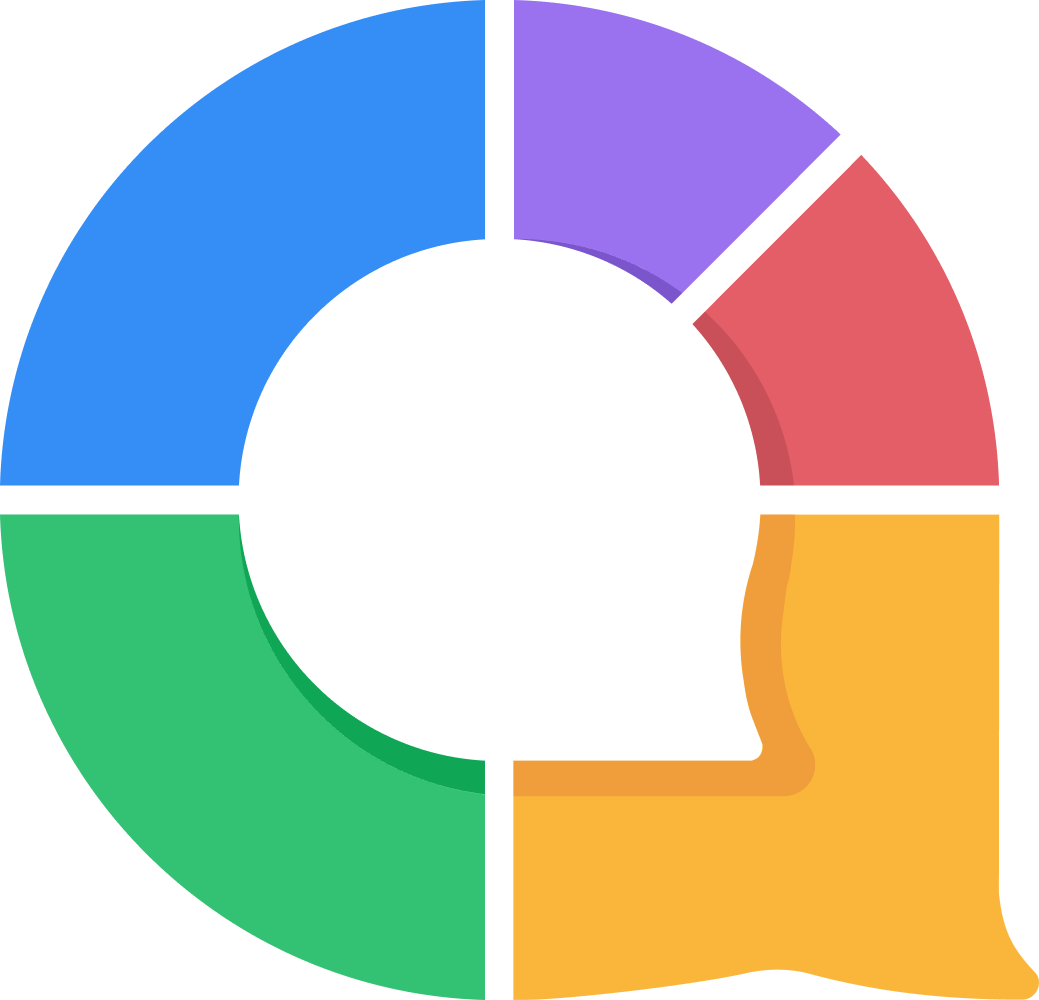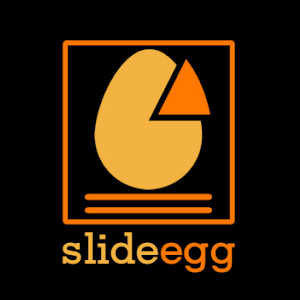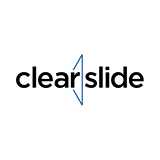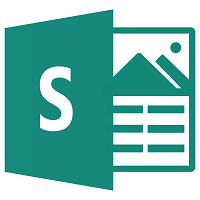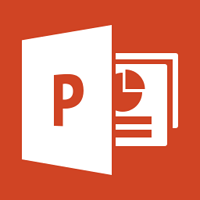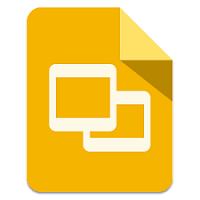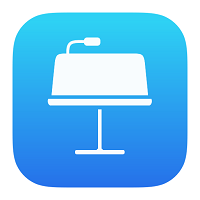What Is Presentation Software?
Presentation software, commonly known as slide show software, is a digital tool for creating interactive and visually engaging presentations. It enables users to integrate text, photos, charts, animations, and other multimedia elements to deliver information in an understandable and interesting way. Presentation software is widely used in a variety of areas, including business, education, and sales, to create professional and interactive presentations.
One of the primary features of presentation software is its user-friendly interface, which allows non-designers to generate visually appealing presentations. Users may rapidly create visually appealing slides using a selection of pre-designed templates and themes, requiring no graphic design abilities. Furthermore, presentation software provides a variety of customization choices, such as font styles, backdrops, and transitions, allowing the user to tailor the presentation to their preferences.
Collaboration is another important feature of presenting software. With the option to share presentations online or participate in real time, teams can work together smoothly and build integrated presentations. This is especially useful in remote work contexts and for teams creating presentations for clients or stakeholders. Another advantage of presenting software is that it works with a variety of devices and operating systems.
Users may simply access and edit presentations on a variety of devices, including laptops, tablets, and smartphones, making it an adaptable tool for on-the-go presentations. Furthermore, presentation software includes elements like charts, graphs, and animations to assist users display complex facts and information in a visually appealing way.This not only makes the presentation more engaging for the audience, but it also allows the presenter to communicate the topic more effectively.
In addition to generating typical slideshow presentations, many presentation software now include interactive features like polls, quizzes, and audience feedback to increase audience involvement. This is extremely beneficial during training sessions, workshops, and conferences. When selecting the best presentation software, it is critical to examine variables such as simplicity of use, collaborative capabilities, compatibility, and price. Buyers can choose the presentation software that best fits their demands and budget by carefully examining these elements.
What Are The Recent Trends In Presentation Software?
In recent years, the field of presentation software has seen substantial evolution, with new technologies and features developed to improve the user experience.
Let's explore, we'll go over the latest trends in presentation software that buyers should be aware of:
1. Cloud-Based Software: One of the most significant trends in the presentation software market is the transition to cloud-based solutions. Users may now access their presentations from any device with an internet connection, making it easier to collaborate and share presentations with remote colleagues.
2. Real-Time Collaboration: Another developing trend is real-time collaboration, which enables numerous users to work on a presentation at the same time. This not only saves time, but it also boosts productivity and fosters collaboration.
3. Interactive features: In today's digital world, audiences anticipate interactive and interesting presentations. To match these expectations, presentation software now includes a variety of interactive features like animations, movies, and 3D graphics.
4. Mobile-Fdriendly Presentations: As smartphones and tablets become more popular, presentation software is adapting to meet their demands. This trend enables users to develop and deliver presentations from their mobile devices, making it ideal for people who are constantly on the move.
5. Artificial Intelligence (AI): AI is making inroads into presentation software, allowing users to generate more professional and visually appealing presentations. AI allows users to develop slide layouts, design templates, and even propose enhancements to their material.
6. Integration Wth Other Tools: Presentation software is increasingly merging with project management software, data visualization tools, and virtual reality programs. This enables users to effortlessly integrate data, images, and other elements into their presentations.
7. Personalization Options: In today's business environment, personalization is essential, and presentation software is no exception. Buyers can now discover software that allows them to personalize their presentations with their own brand colors, logos, and fonts, making them more unique and professional.
Benefits Of Using Presentation Software
Presentation software is a sophisticated tool that helps users build visually beautiful and engaging presentations for a variety of objectives. From corporate meetings to educational lectures, presentation software provides a range of features and benefits that can help you take your presentations to the next level.
Let's explore, we'll look at the top benefits of using presentation software and how it can improve your overall presentation experience.
1. Professional And Polished Presentations: One of the primary advantages of utilizing presentation software is its ability to generate professional and polished presentations. With a variety of templates, themes, and design options, you can effortlessly create visually stunning slides that will captivate your audience's interest. The inclusion of visual aids such as photographs, videos, and animation enhances the professionalism of your presentation.
2. Time-Saving Tools: Presentation software has a variety of time-saving tools to help you create presentations fast and efficiently. Duplicating slides, using pre-designed templates, and automatically aligning text and graphics might help you save a lot of time while creating presentations. This allows you to concentrate on the substance of your presentation instead of spending hours on design and layout.
3. Interactive Presentations: Another significant advantage of presentation software is its interactive functionality. Use hyperlinks, animations, and multimedia elements to make your presentations more interesting and interactive for your audience. This not only keeps them interested, but it also helps you communicate your point more effectively.
4. Versatility: Presentation software is a versatile tool that may be utilized in a variety of ways. Whether you're giving a sales pitch, reporting on data, or delivering a keynote address, presentation software allows you to tailor your slides to your exact requirements. This makes it an invaluable resource for corporations, schools, and anybody seeking to produce great presentations.
5. Easy Collaboration: Presentation software facilitates collaboration. Multiple users can work on a presentation at the same time, making it ideal for group projects or team presentations. This feature simplifies the process of developing a presentation and guarantees that everyone's ideas and contributions are considered.
6. Cost-Effective: Most presentation software has a variety of pricing options, including free versions, making it an affordable solution for enterprises and individuals that need to prepare presentations on a regular basis. With the option of purchasing a subscription or a one-time cost, it provides flexibility and affordability to all consumers.
Important Factors To Consider While Purchasing Presentation Software?
When it comes to making a visually stunning and interesting presentation, the correct software is required. With so many options on the market, it might be difficult to choose which presentation software to purchase.
Here are some crucial aspects to consider before making a purchase:
1. Features And Functionality: The presentation software's features and functionality should be considered first. It should have a number of tools and templates to help make your presentations more interactive and visually appealing. Some key features to check for include configurable layouts, animations, and multimedia support.
2. Compatibility: When selecting presentation software, make sure it is compatible with the devices and operating systems you will be using. Whether you're using a PC, Mac, or a mobile device, be sure the program runs smoothly and your presentations are displayed appropriately.
3. User-Friendly Interface: A user-friendly interface is essential, especially if you are not technologically adept. The program should be simple and straightforward to use, allowing you to produce presentations with no technical complications.
4. Cost: The price of presentation software can range greatly, from free to pricey subscription-based services. Consider your budget and the features you need to determine which software is the best value for money.
5. Collaboration And Sharing: If you need to work with people on your presentations, search for software that includes simple sharing and collaboration tools. This can save time and make it easier to collaborate with others on a presentation.
6. Client Support: If you have any problems or inquiries concerning the product, it is critical to have dependable client service. Look for software that provides many support alternatives, such as live chat, email, or phone support, to ensure that you can obtain help when you need it.
7. Trial Period: Before making a purchase, use the software for a trial period. This will allow you to test its features and functionality and assess whether they fit your requirements.
By taking these aspects into account, you can make an informed decision about which presentation software is ideal for you. Remember to read reviews and compare choices to get the best match for your presentations.
What Are The Key Features To Look For In Presentation Software?
When it comes to selecting presentation software, there are numerous crucial characteristics to consider to guarantee that you obtain the finest product for your requirements. These features not only make your presentations more visually appealing, but also improve the overall presentation experience.
1. User-Friendly Interface: The first and most important quality to look for in presentation software is the user-friendly interface. It should be simple to use and navigate, allowing even beginner users to make presentations with ease.
2. Customization Choices: Good presentation software should include a variety of customization choices. This includes the ability to customize your presentations' fonts, colors, and layouts, as well as add images, videos, and audio. These customization options enable you to build a distinctive and visually appealing presentation that stands out.
3. Compatibility: Make sure your presentation software is compatible with a variety of devices and operating systems. This allows you to access and edit your presentations across numerous devices, making them ideal for on-the-go presentations.
4. Collaborative Features: In today's digital environment, teamwork is essential for producing great presentations. Look for presentation software that allows you to collaborate in real time, leave comments and feedback, and share and work on presentations with several people at the same time.
5. Built-In Templates: Built-in templates are a useful feature in presentation software because they provide a starting point and save time when building a presentation from scratch. Make sure to select software that includes a selection of templates and designs to choose from.
6. Animation And Transition Effects: Animation and transition effects enhance the professional appearance of your presentation. Look for presentation software that has a variety of effects and allows you to customize the timing and appearance of these effects.
7. Presentation Mode: A good presentation program should include a presentation mode that allows you to show your slides in a clean, distraction-free format. This mode should also include elements such as a speaker's perspective and a notes area to assist you deliver an excellent presentation.
By taking these essential qualities into account, you may find the ideal presentation software that fits all of your requirements and allows you to make effective presentations. So, keep these things in mind as you make your purchasing selection.
Why Do Businesses Need Presentation Software?
Businesses now operate in a competitive and dynamic market, making effective communication of ideas and information more important than ever. Presentation software is important in this regard, since it provides a variety of capabilities that can help improve presentations and deliver compelling messages.
Here are the main reasons why firms need presentation software:
1. Captivate And Engage Audiences: In today's digital world, traditional presentations with slides and text no longer hold people's attention. Presentation software includes visually appealing features like animations, films, and interactive aspects to make presentations more engaging and memorable.
2. Professionalism And Brand Image: Presentations reflect a company's brand and image, and employing software with adjustable templates and designs ensures a consistent and professional presentation. This produces a favorable impression in the minds of clients and investors, affecting business growth.
3. Data Visualization: Presentation software adds a visual component to data, making it easier to comprehend and retain information. Businesses can use charts, graphs, and infographics to communicate complex data in a simple and visually appealing format, making it more intriguing and impactful.
4. Time-Efficient: Making a presentation from scratch can be time-consuming and difficult. Presentation software includes pre-made layouts, templates, and visuals that enable firms to make presentations fast and efficiently. This saves time for other important business duties.
5. Collaboration And Remote Sharing: As remote work becomes more prevalent, presentation software enables teams to communicate and work on presentations from multiple locations at the same time. Businesses can also share presentations with clients and stakeholders remotely, which improves communication and efficiency.
6. Adaptability: One of the primary benefits of presentation software is its ability to accommodate various sorts of presentations and audiences. The software can be used for a variety of purposes and audiences, including sales pitches, training sessions, and marketing presentations.
7. Analytics And Feedback: Most presentation software includes analytics and feedback tools, which enable firms to track the performance of their presentations. With this information, firms may identify areas for improvement and make the required modifications to better future presentations.
How Much Time Is Required To Implement Presentation Software?
The time required to implement presentation software varies according on the software and the user's level of skill. However, it can take anywhere from a few hours to many weeks to properly deploy and become familiar with the software. The initial setup and installation of the program usually takes only a few minutes, but the time necessary to build and design presentations varies substantially.
Users with past knowledge and a clear strategy in mind may be able to build a presentation quickly, whereas others who are new to the software or have a more complex presentation may take longer. In addition, the time required for deployment is determined by the presentation software's features and functionality. Some programs include user-friendly interfaces and simple drag-and-drop design elements, allowing you to make presentations in a shorter amount of time.
On the other hand, more advanced functionality and customization possibilities may take more effort to master and apply successfully. It's also worth considering any training or support resources provided by the presentation software firm. Many firms offer tutorials, webinars, and customer support to help users become acquainted with the program and enhance their presentations. This additional help and training can reduce the time required to adopt the program.
What Is the Level Of Customization Available In Presentation Software?
Presentation software provides a variety of customization options to help users produce unique and compelling presentations. The extent of customisation available varies per software, but it often includes capabilities like changing themes, adding graphics and animations, and tweaking fonts and colors. One of the most essential components of presentation software customization is the ability to change the design of slides.
This can be accomplished by either using pre-designed templates or constructing your own from scratch. Users can use design tools to add their own backgrounds, photos, and other graphics to improve their presentation's visual attractiveness. Another degree of flexibility available with presentation software is the option to include multimedia elements such as films, audio files, and interactive charts.
These features enable more dynamic and entertaining presentations, making it simpler to hold the audience's attention. In terms of layout and design, presentation software allows you to rearrange content, such as text and graphics, within slides. This amount of freedom allows users to design a flow that best fits their presentation style and effectively conveys their message.
Furthermore, some presentation software provides advanced customization options such as the ability to insert custom shapes, tables, and charts. These elements can be modified and styled to the user's specifications, bringing a professional touch to the presentation. Overall, the level of customisation offered by presentation software enables users to build visually appealing and individualized presentations.
It enables a more polished and professional presentation, making it easier to deliver a clear and effective message. As a buyer, you should research the customization options of various presentation software to pick one that meets your presenting requirements.
Which Industries Can Benefit The Most From Presentation Software?
Presentation software is a sophisticated tool that enables individuals and businesses to produce dynamic and visually appealing presentations for a variety of uses. Slide transitions, multimedia integration, and animation are all aspects that can improve the engagement and effectiveness of your presentations. In today's fast-paced corporate world, this software has proven to be an invaluable asset for a variety of businesses. So, which industries would gain the most from presentation software? Let us find out.
1. Education: Presentation software is commonly used in the educational industry to generate interactive and visually appealing instructional materials. It allows teachers to create lectures, quizzes, and tutorials that are more engaging by including graphics, videos, and animations. Students can also use this program to prepare presentations for class assignments or projects. Presentation software, with its user-friendly interface and creative capabilities, has the potential to improve overall learning experiences.
2. Sales And Marketing: In the world of sales and marketing, leaving a lasting impression is critical. Presentation software allows professionals to make effective and persuasive presentations to promote their products or services. It enables them to use branding components, graphs, and charts to effectively convey data and sales information. Whether it's a sales pitch, a product launch, or a marketing campaign, presentation software may help organizations communicate their ideas and services effectively.
3. Human Resources: Human resources departments can use presentation software for a variety of reasons. This software can help with employee onboarding and training, as well as performance reviews and team meetings. It may also be used to produce company-wide announcement and update presentations, which saves time and money.
4. Event Management: Event planning requires a lot of organization and logistics, and presentation software can be a useful tool in this process. Event planners can use it to produce invites, event calendars, and slideshows for presentations or workshops. Presentation software, with its capacity to include films, animations, and graphics, has the potential to elevate any event.
5. Finance: Finance professionals frequently work with complex data and numbers, and presentation software can help them present it in a more complete and visually appealing way. It enables them to generate graphs, charts, and tables, making it easier to examine and comprehend financial reports and projections. Presentation software can improve the accessibility and visual appeal of financial data, whether for a corporate meeting or a client presentation.
Conclusion
After reviewing the many presentation software options on the market, it is evident that the ideal decision for you ultimately depends on your unique requirements and tastes. However, there are a few important aspects to consider before making a purchase. First, analyze the software's features and tools. Look for choices that include a variety of design templates, multimedia integration, and collaborative features.
This will allow you to produce visually stunning and engaging presentations that successfully communicate your message. Second, assess the software's usability and interface. It should be simple to use and have a clean style, so you can build and change your presentations fast and efficiently. To avoid technical issues, make sure the software is compatible with your devices and operating system.
Another crucial factor to consider is cost and subscription plans. Some presentation software charges a one-time fee, while others demand a monthly or annual membership. It is recommended that you evaluate pricing and features to determine the best value for your money. Additionally, read user reviews to gain a better knowledge of the software's performance and customer service.
Choose a provider with a solid reputation and dependable customer service to ensure a seamless encounter. Finally, by carefully analyzing the features, interface, cost, and user reviews, you may find presentation software that suits your individual requirements and allows you to make effective presentations that will impress your audience. Take your time researching and comparing different possibilities so you can make an informed decision and improve your presentation skills.



